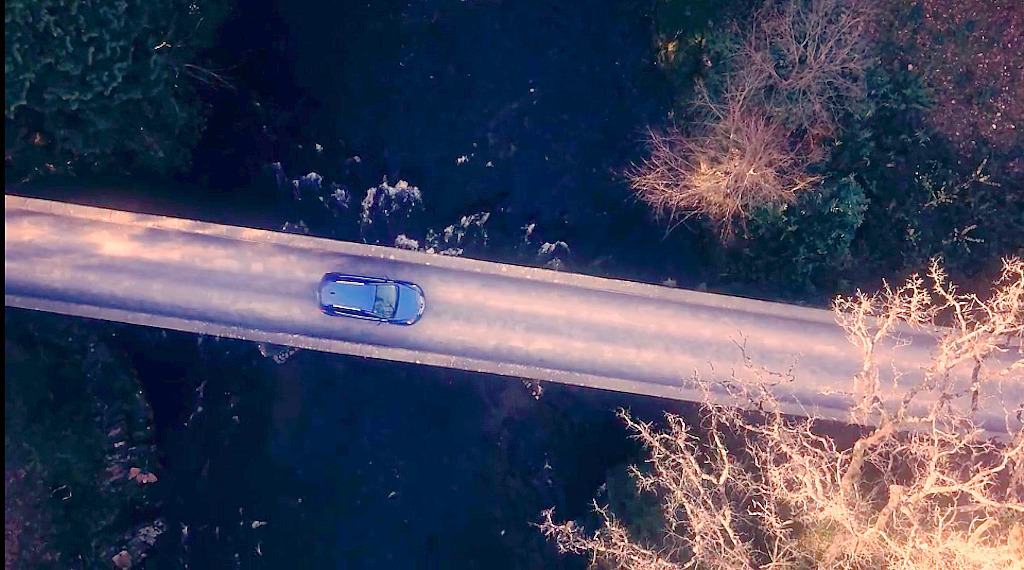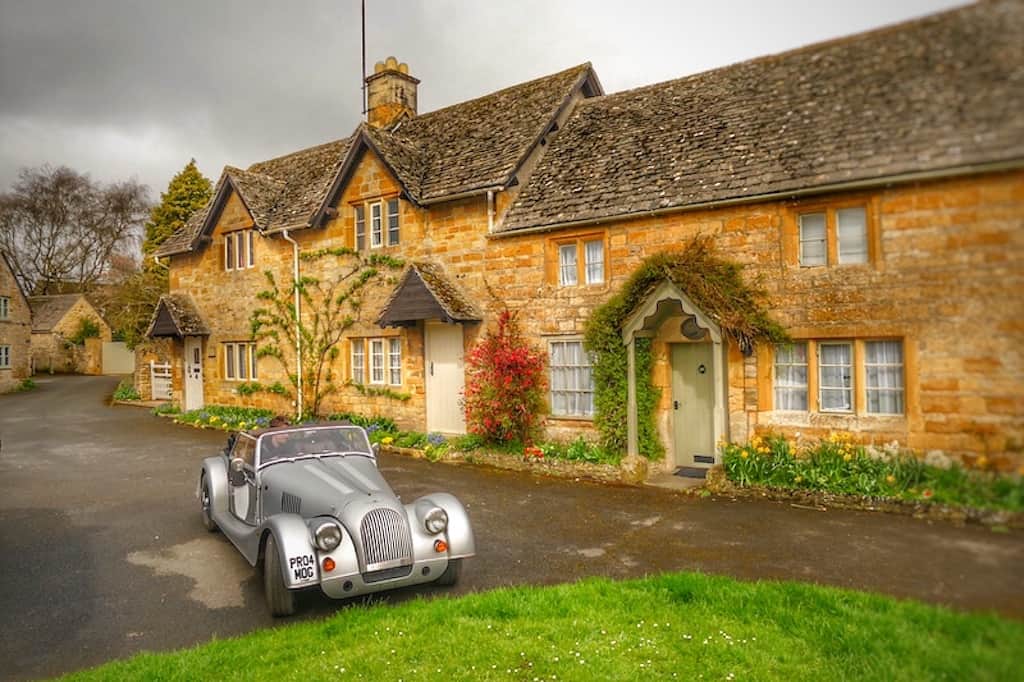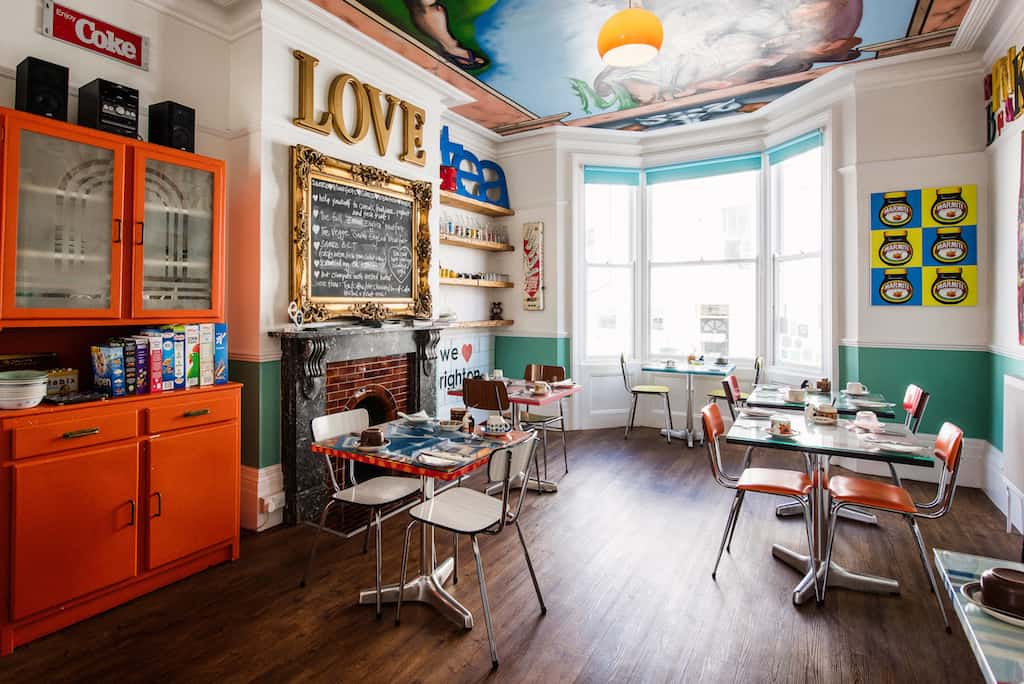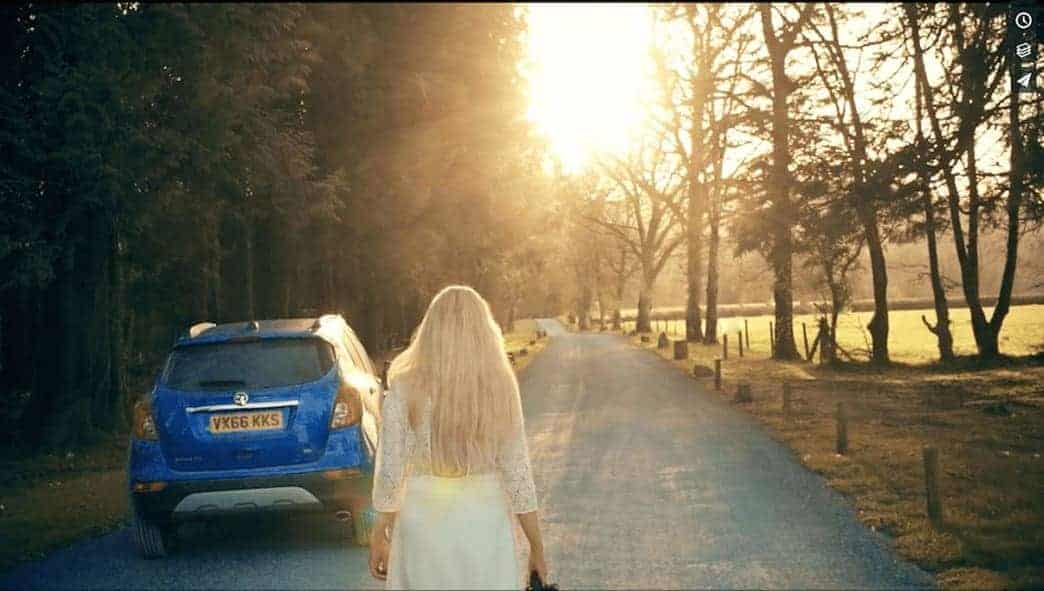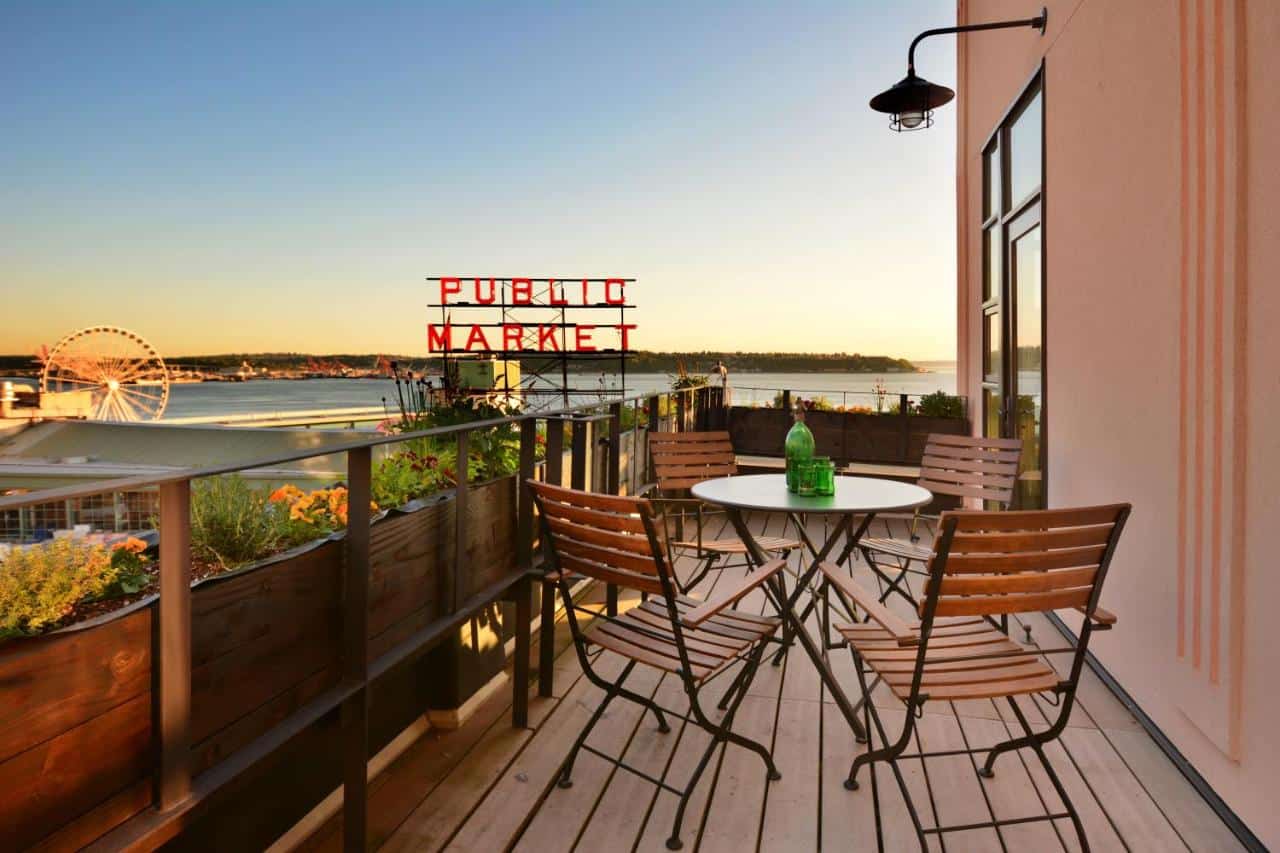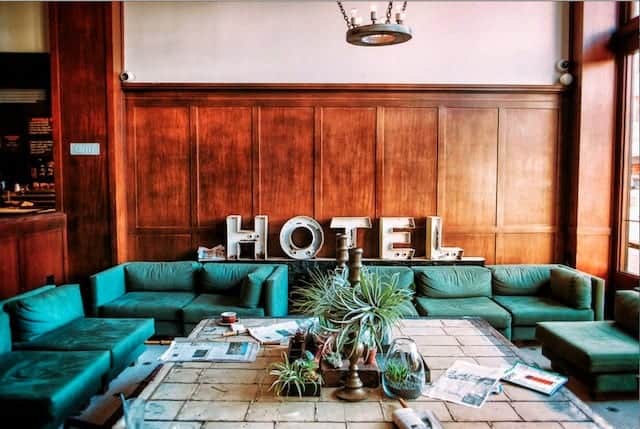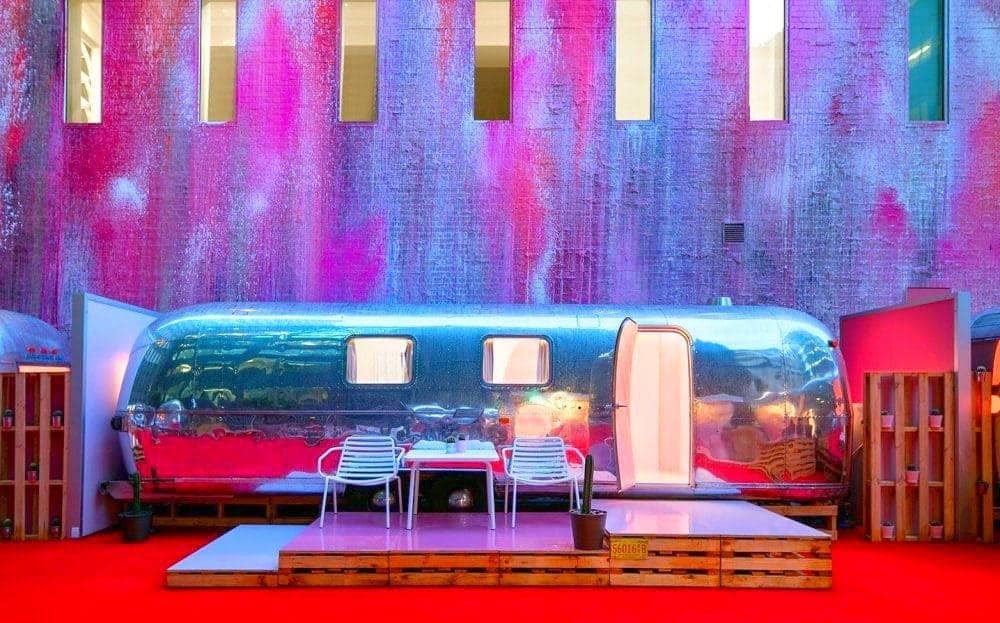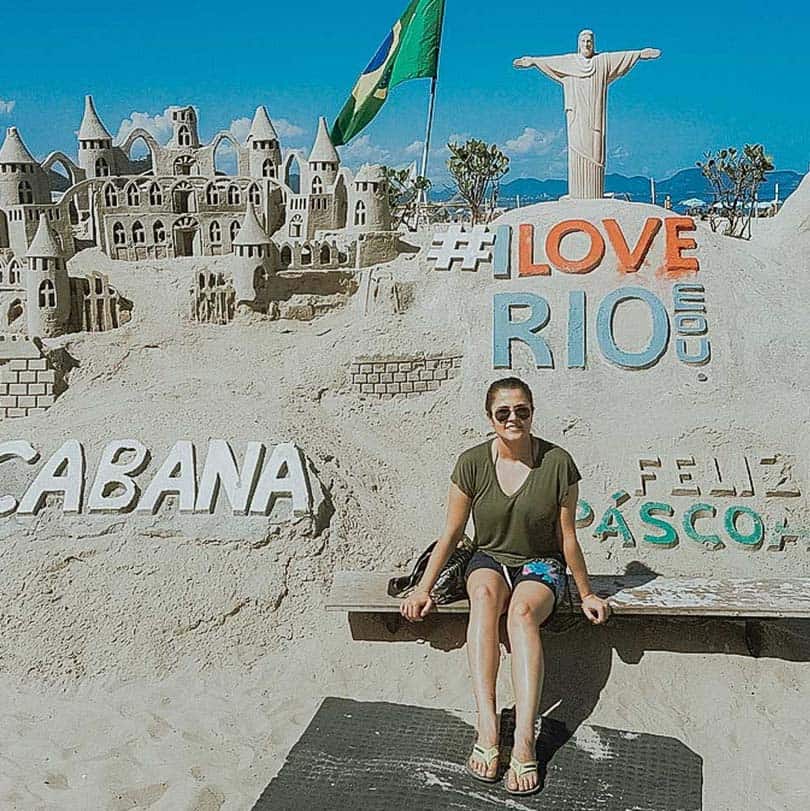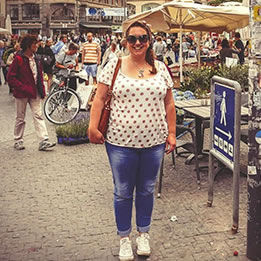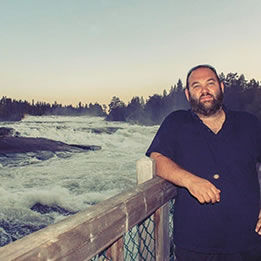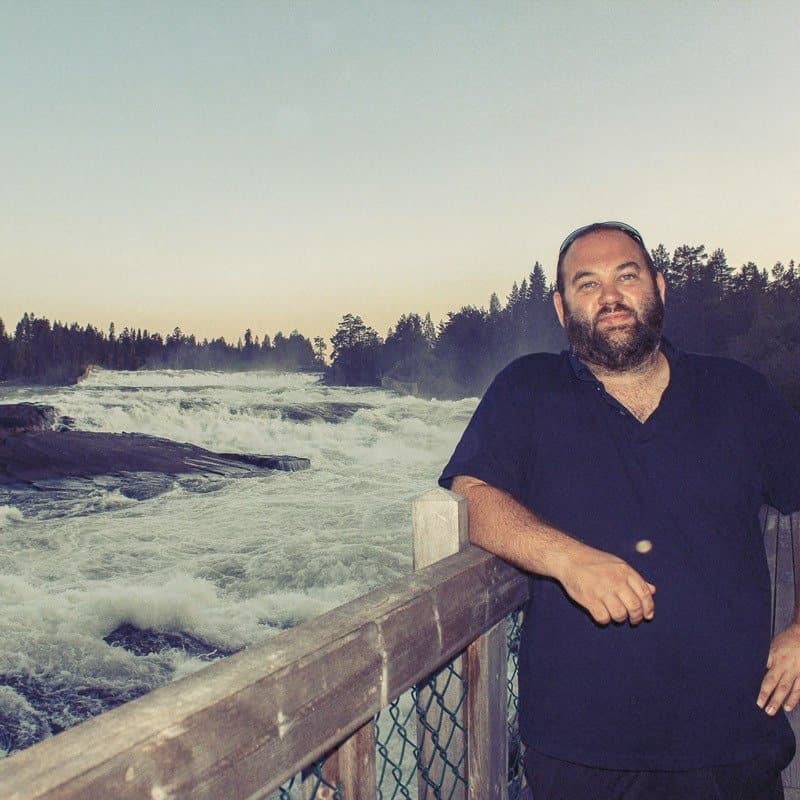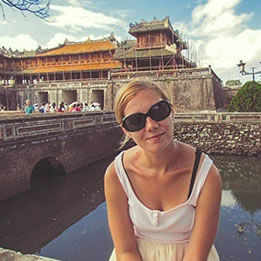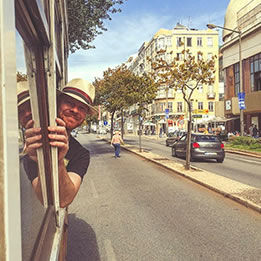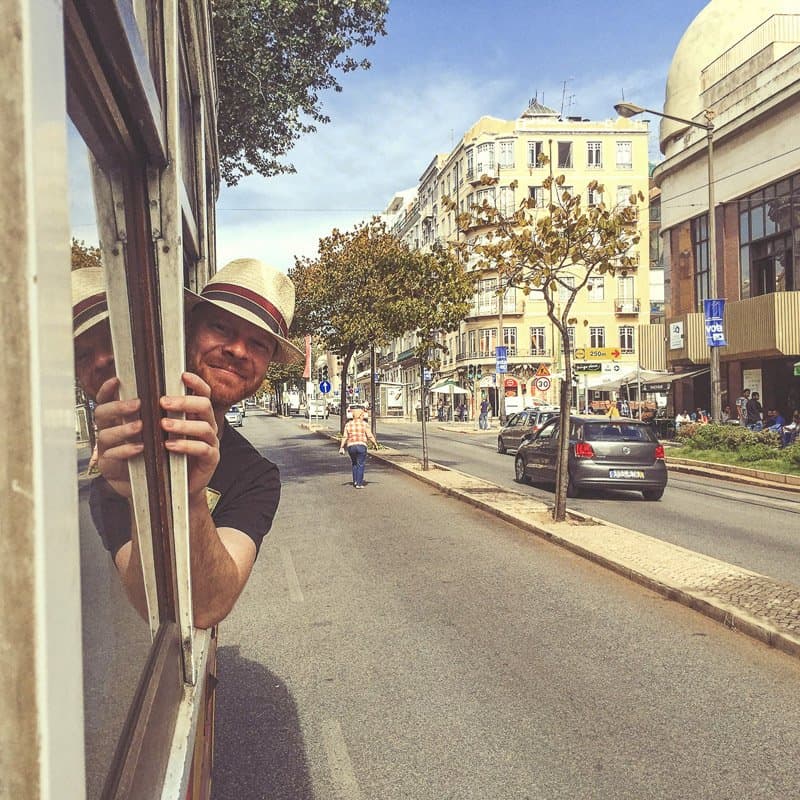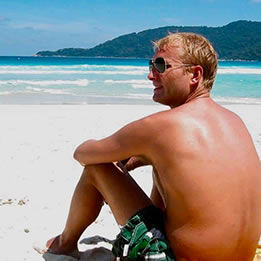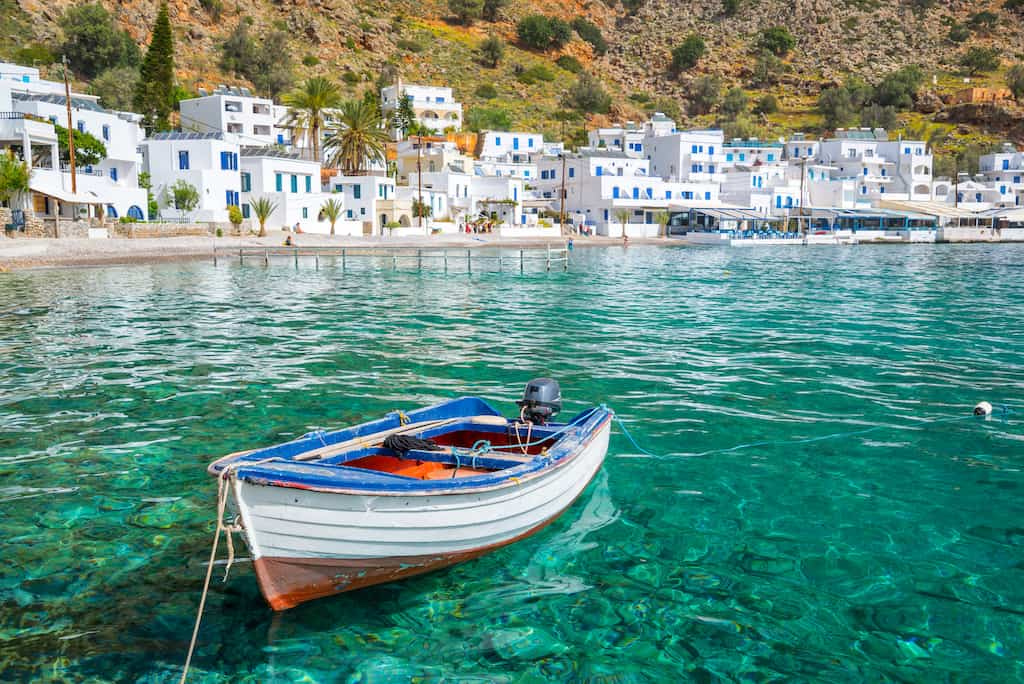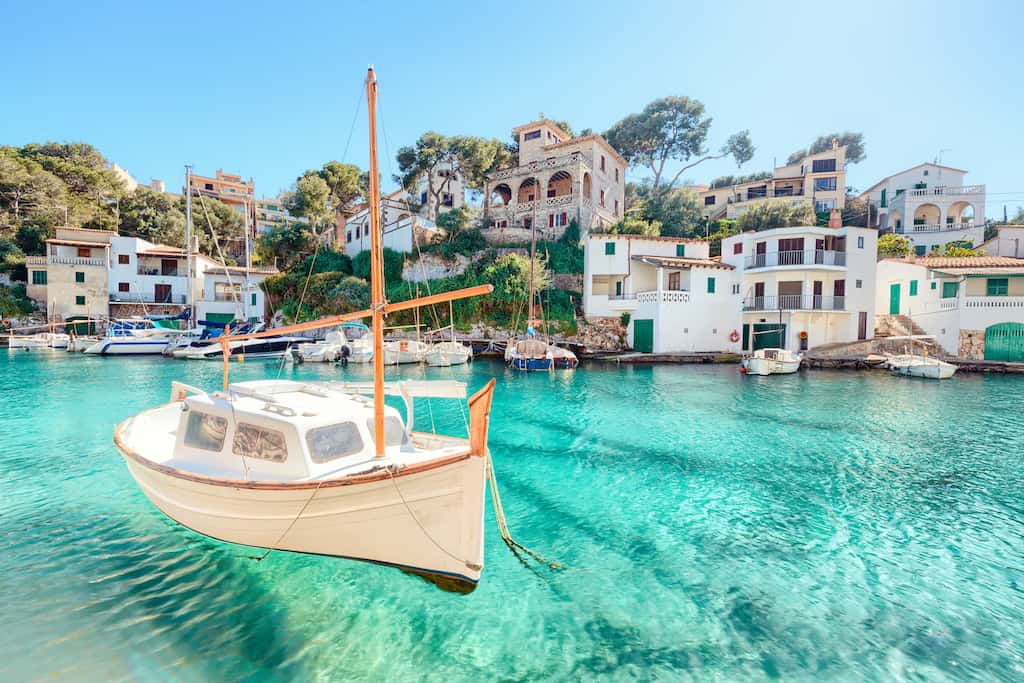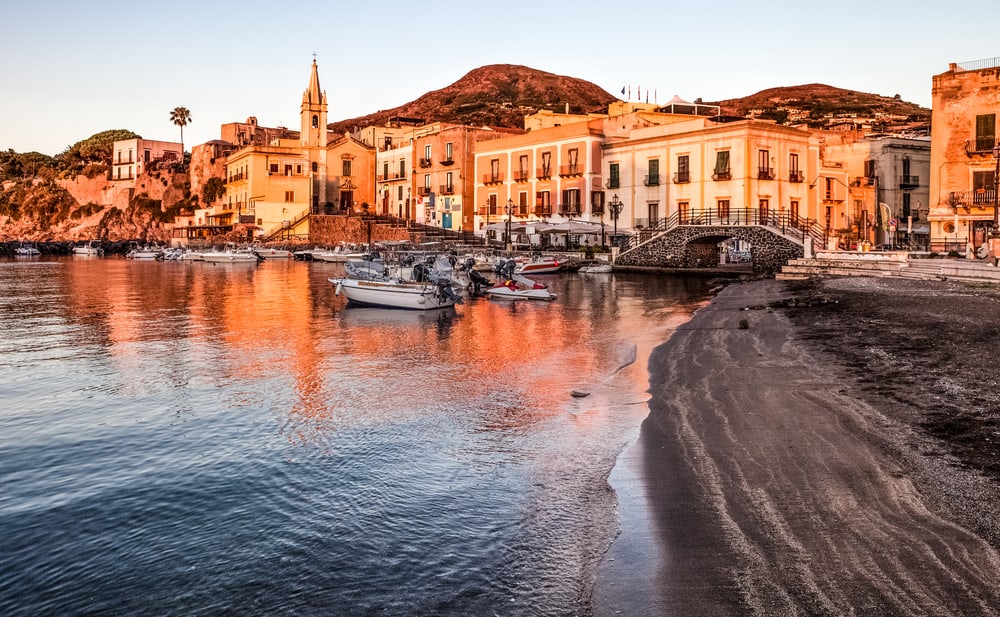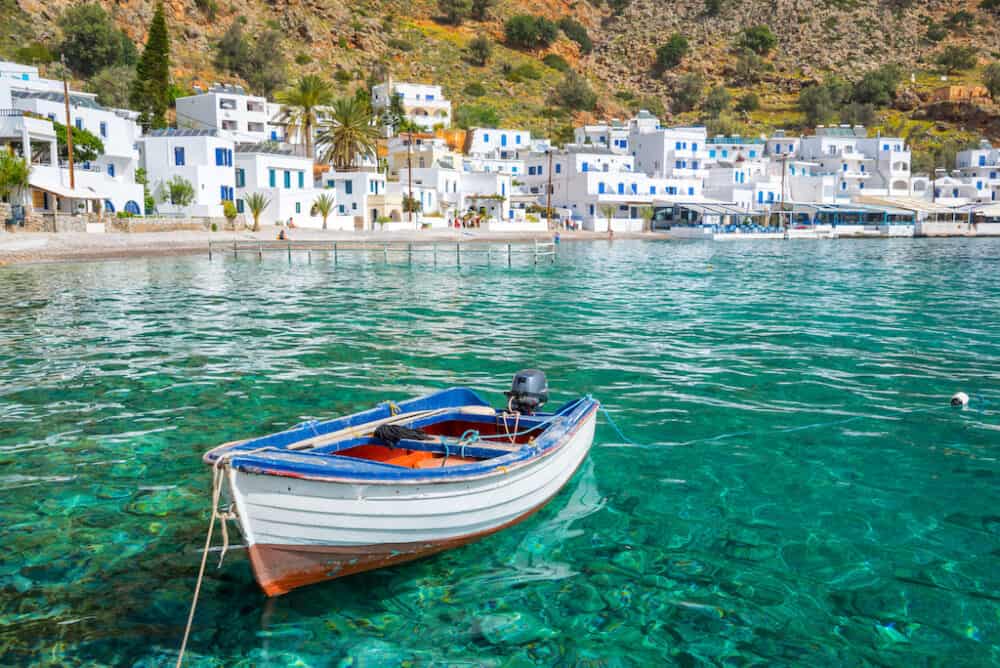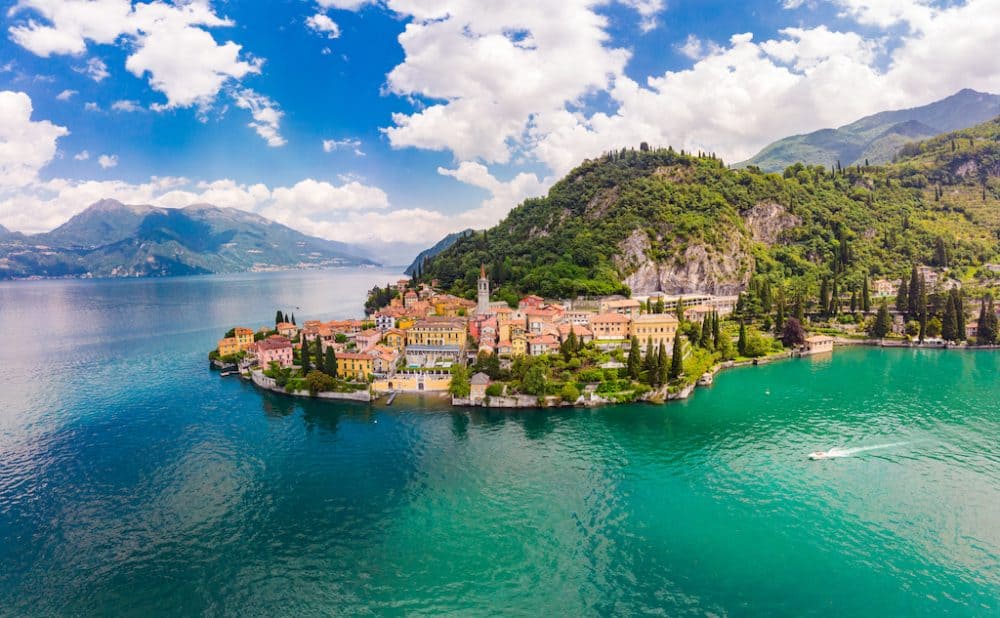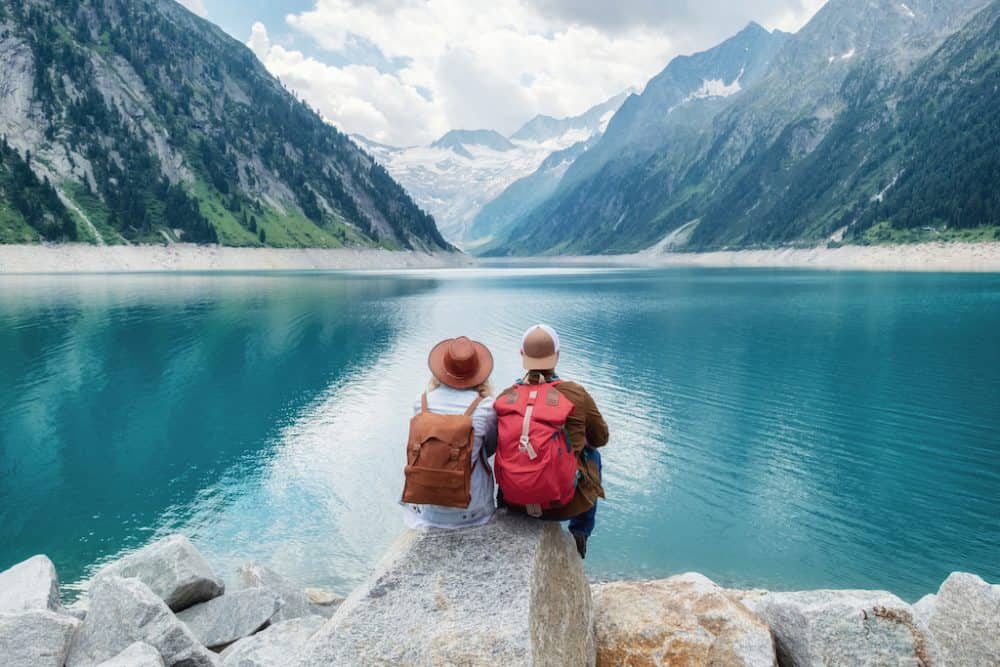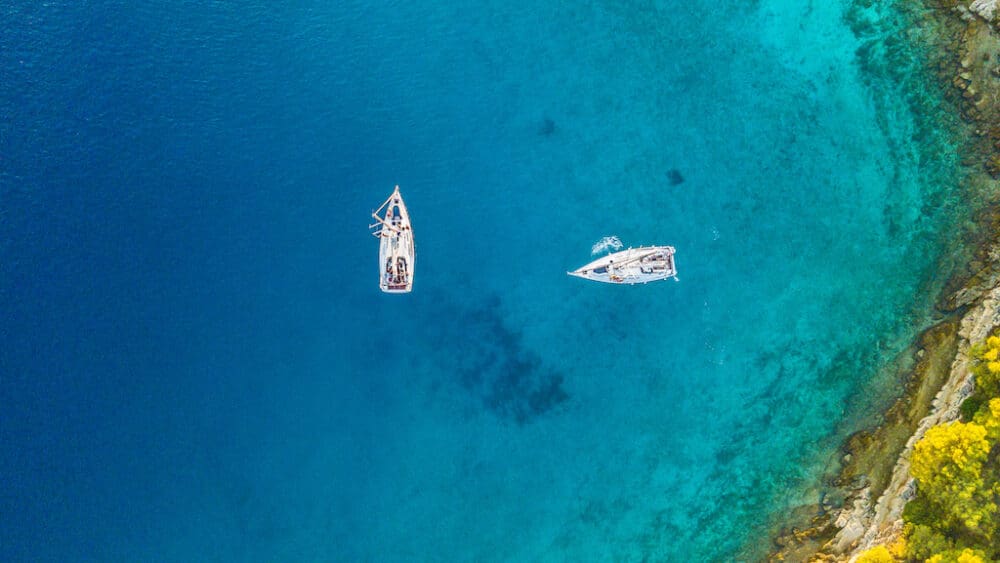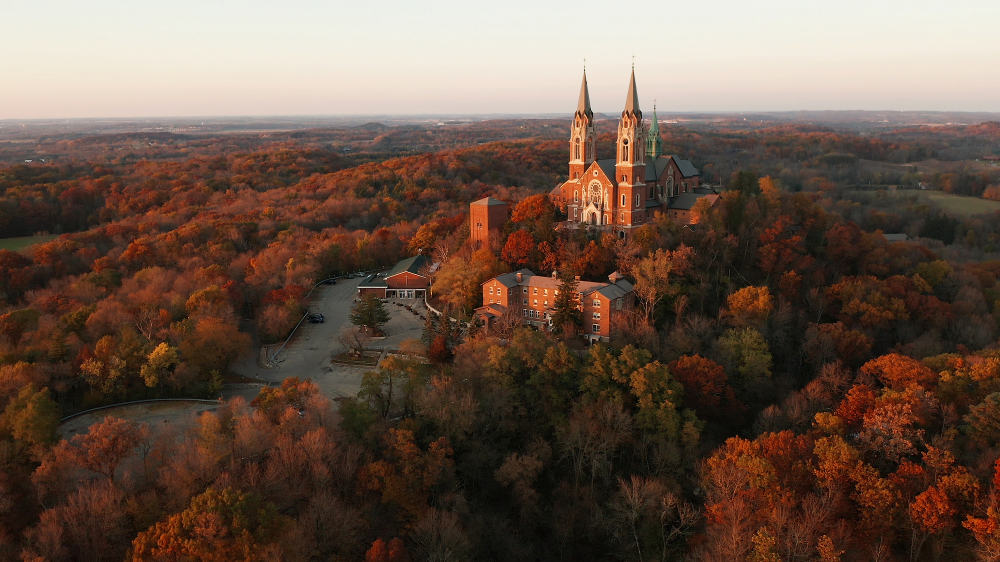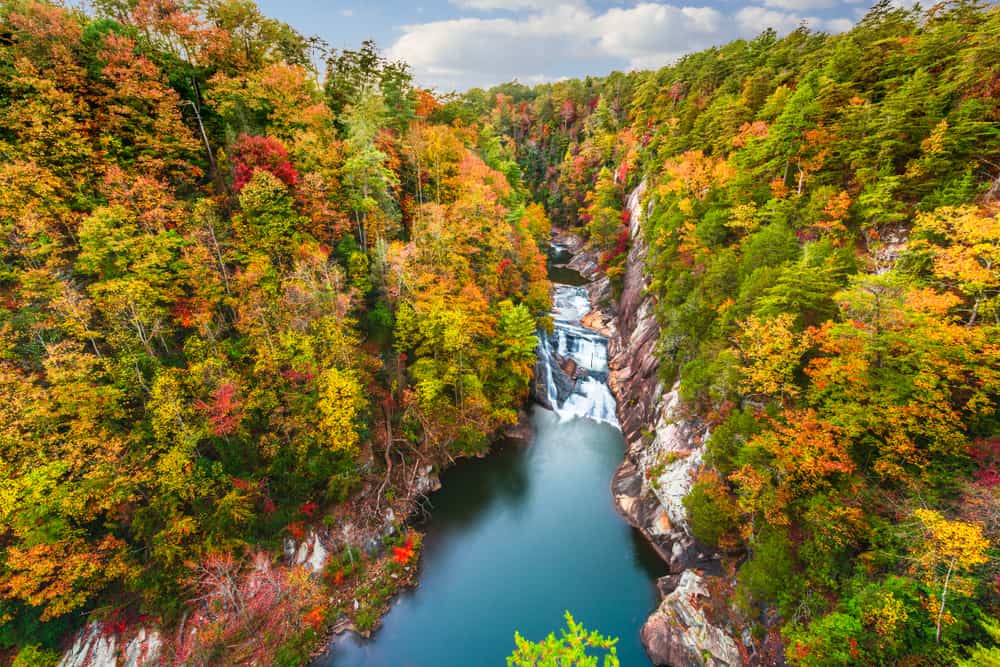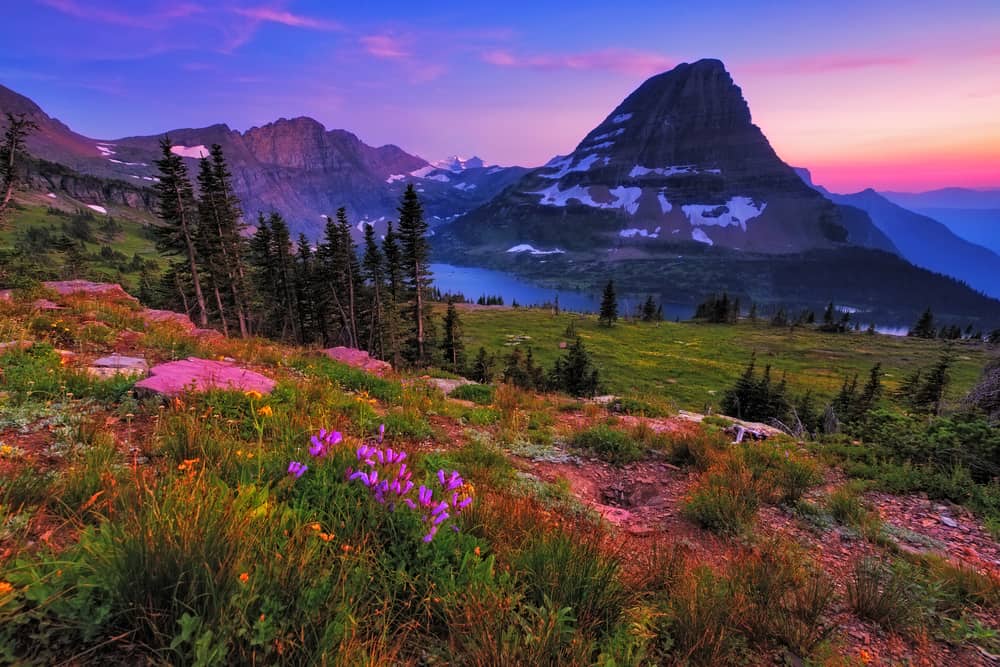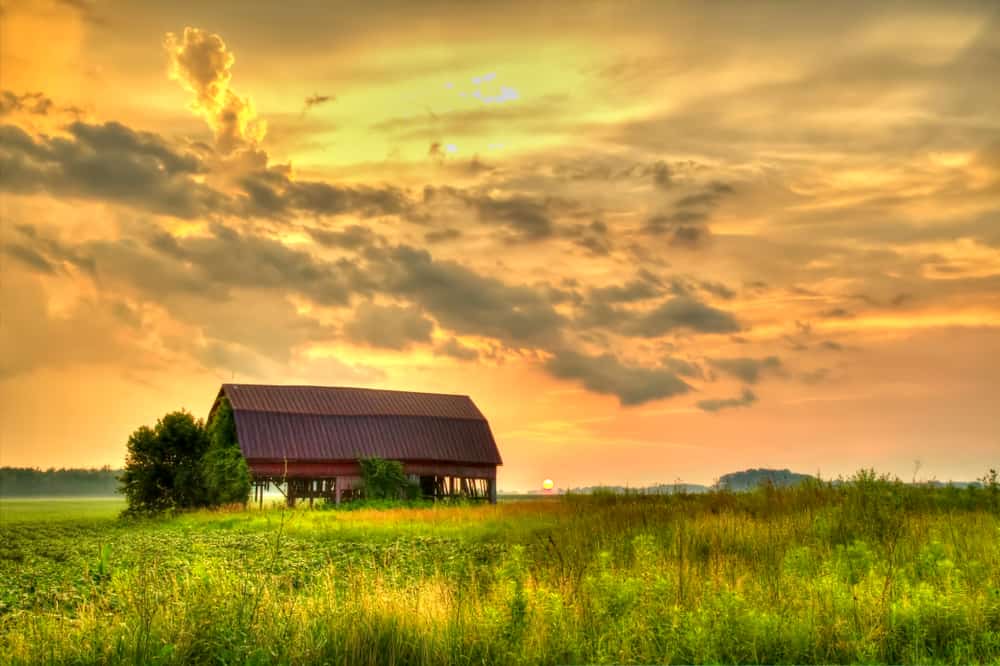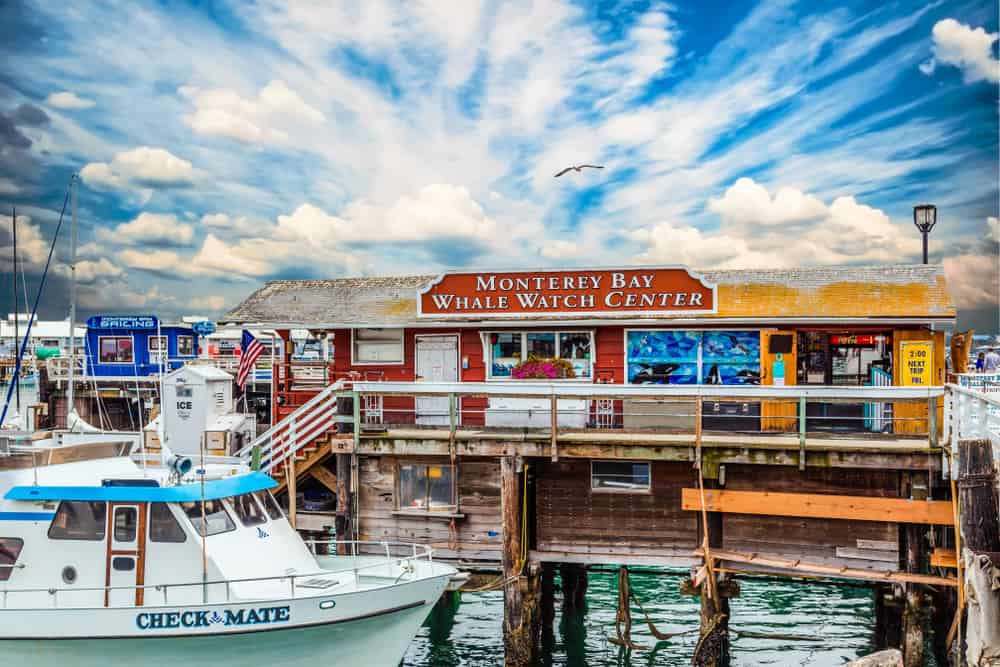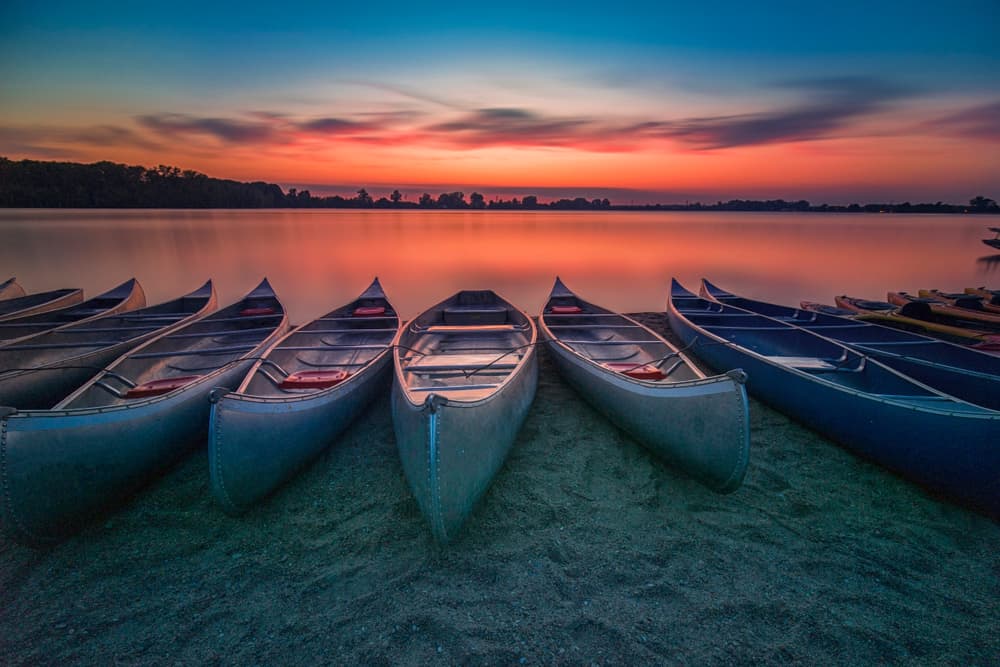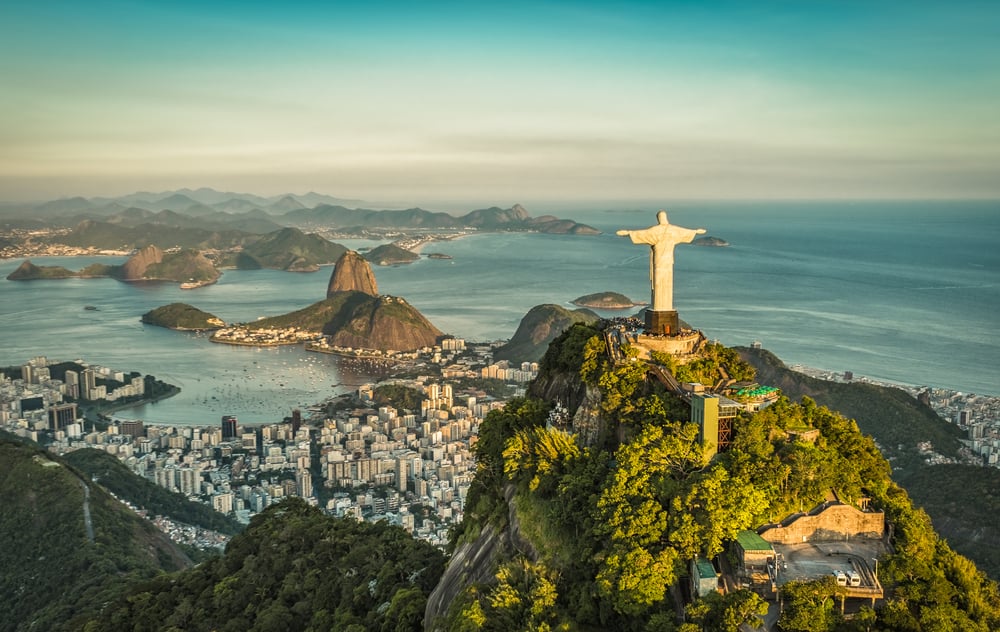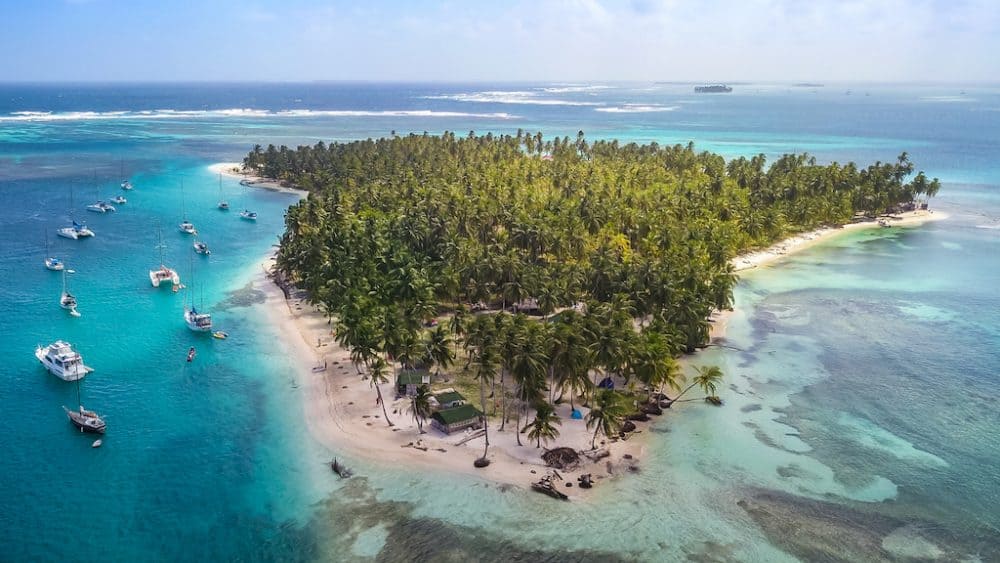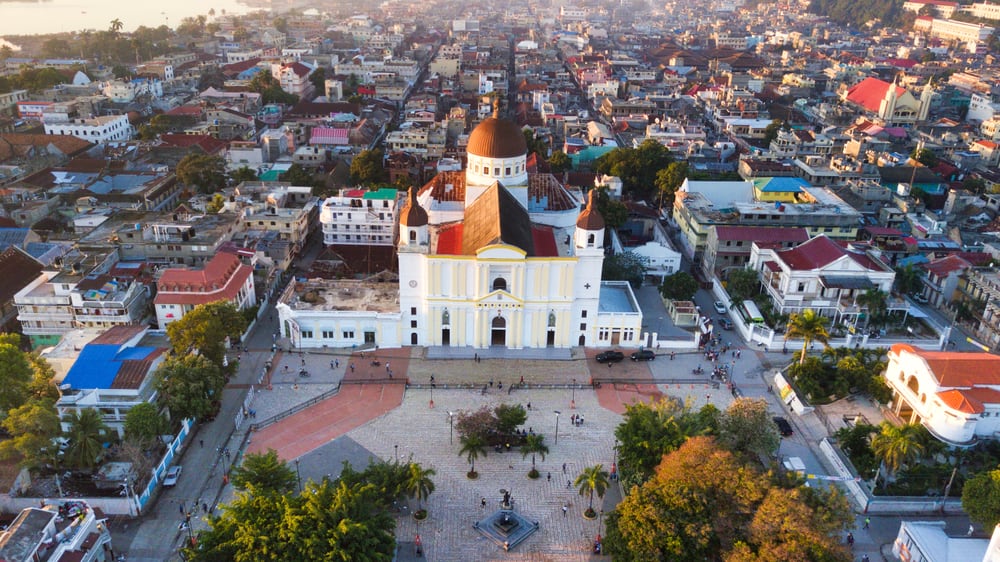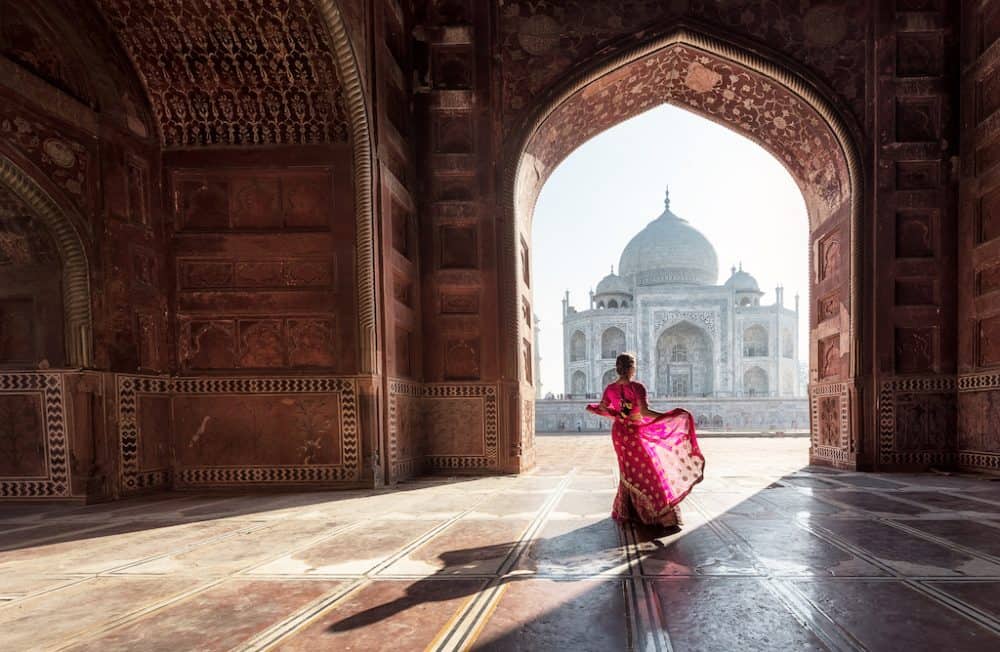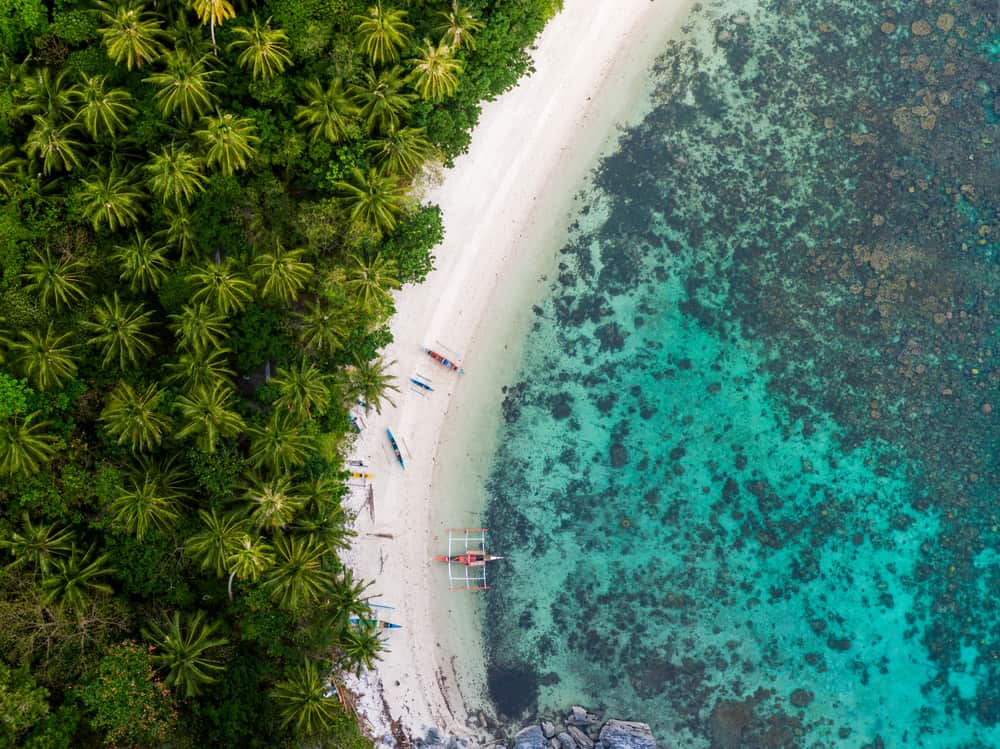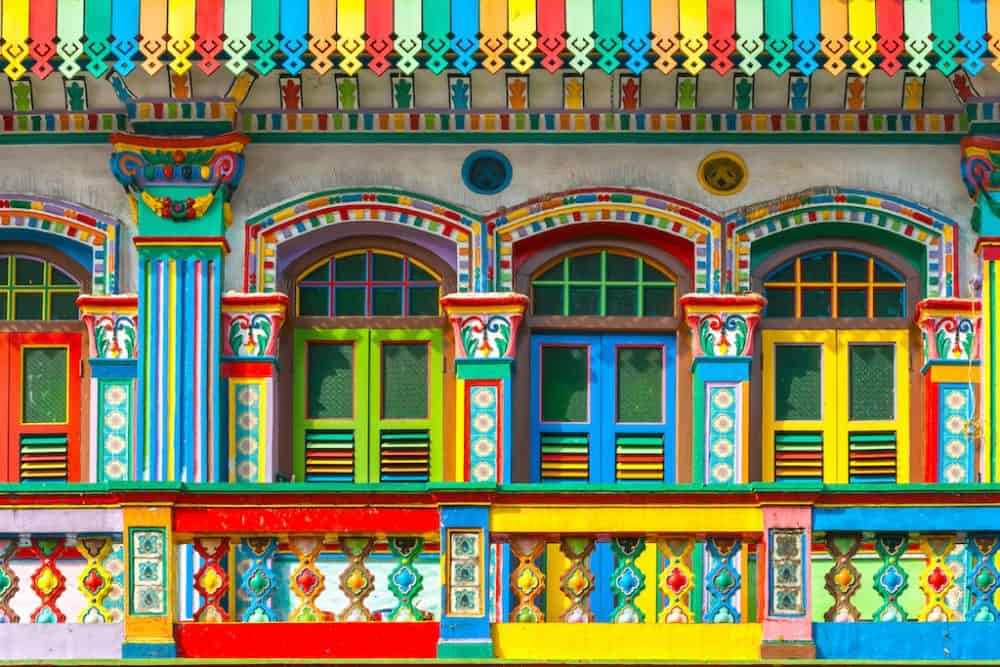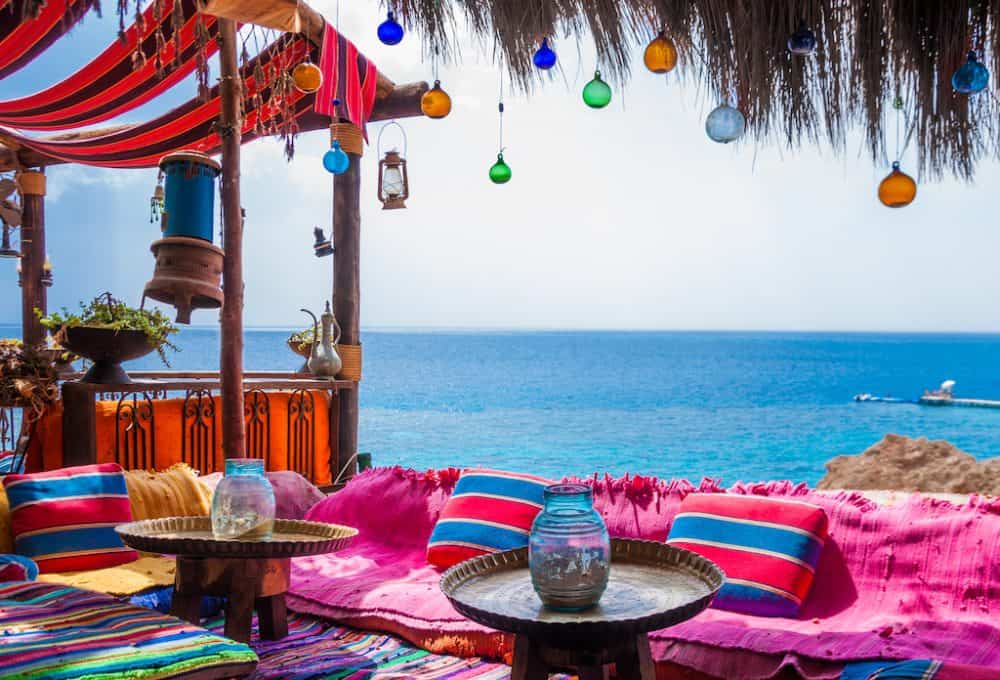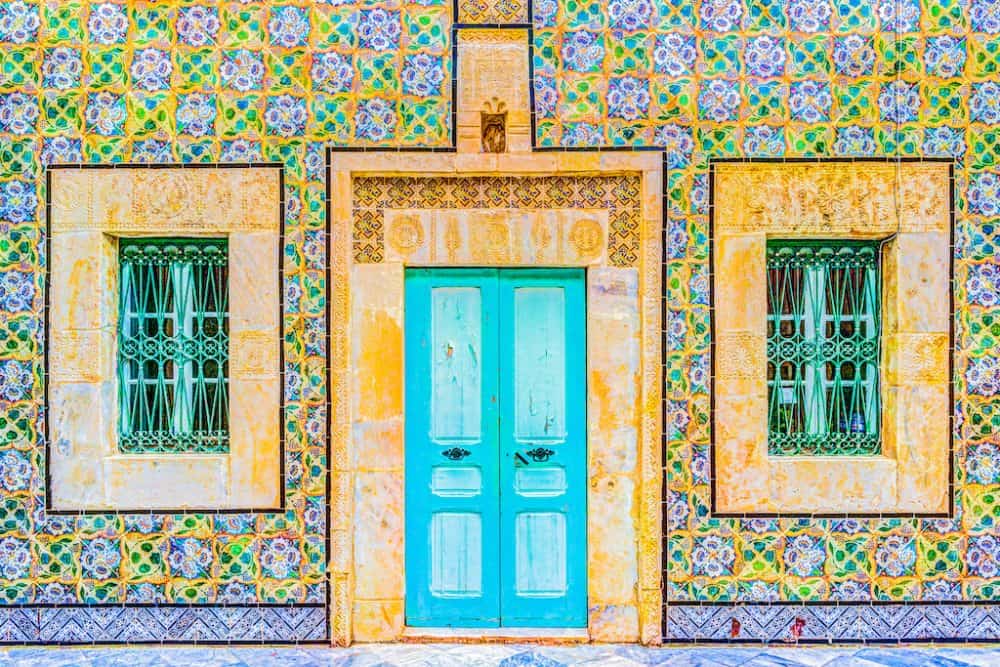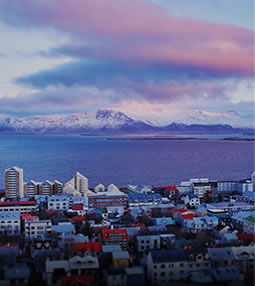Book a Bespoke Dream Trip With Us!
We can create a dreamy bespoke trip or organise your holiday for you. From city hopping in Japan to dog-friendly holidays in France…
Meet The Grasshoppers
Global Grasshopper is an award-winning blog and resource for independent travelers. Run by Becky and her team of self-confessed travel snobs together they’re unraveling the secrets of the world’s most unique, under-the-radar, and beautiful places. Whether you are a backpacker, a flashpacker, or just prefer to holiday away from the crowds, follow along for travel inspiration for the road less traveled.
Sign up for the latest GG updates
FIND THE WORLD’S MOST BEAUTIFUL PLACES
- 20 Unspoilt Places to Visit in Crete for Travel Snobs

- 15 Unspoilt Places to Visit in Corfu for Travel Snobs

- 22 Most Beautiful Places to Visit in Italy

- Top 20 Most Beautiful Places to Visit in Austria

- 22 Most Beautiful Places to Visit in Greece

- 20 Unspoilt Resorts in Majorca for Travel Snobs

- 20 Most Beautiful Places to Visit in Cyprus

- Top 20 Quiet and Authentic Resorts in Italy for Travel Snobs

- 16 Most Beautiful Places to Visit in Wisconsin

- Top 21 Most Beautiful Places to Visit in Georgia

- 20 Most Beautiful Places to Visit in Montana

- 16 Most Beautiful Places to Visit in Iowa

- 15 Amazing Places to Visit in June in the USA

- 20 Most Beautiful Places to Visit in Mexico

- 20 Awesome Places to Visit in May in the USA

- Top 20 Most Beautiful Places to Visit in Missouri

Winner
Best UK Travel & Leisure Blog
- Ranked as a top Travel Authority in the UK by Agility PR Solutions
- Nominated as the best female travel blogger in the Teletext Holiday Awards 2019
- British Annual Canada Travel Awards Finalist 2018
- Nominated for the Best UK Travel Blog 2018
- Cheapflights Travel Blog Awards Nominee 2017

